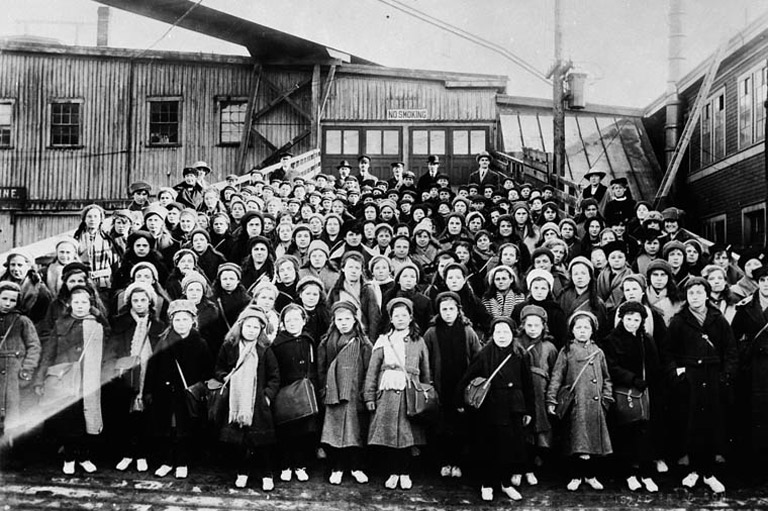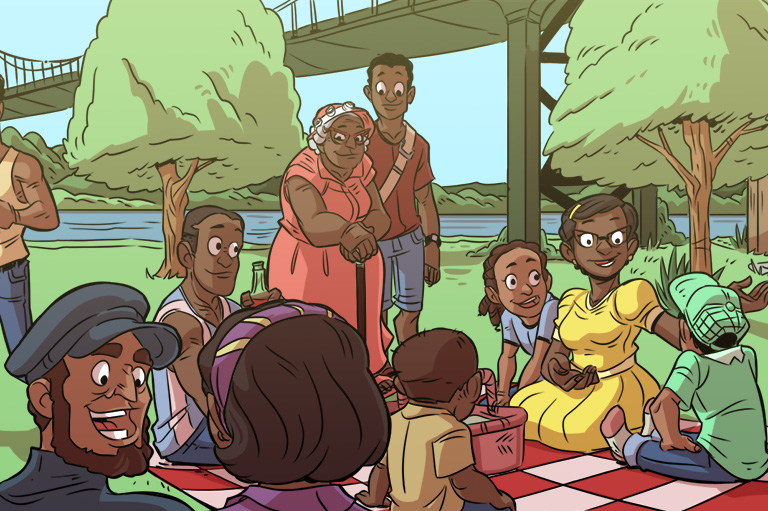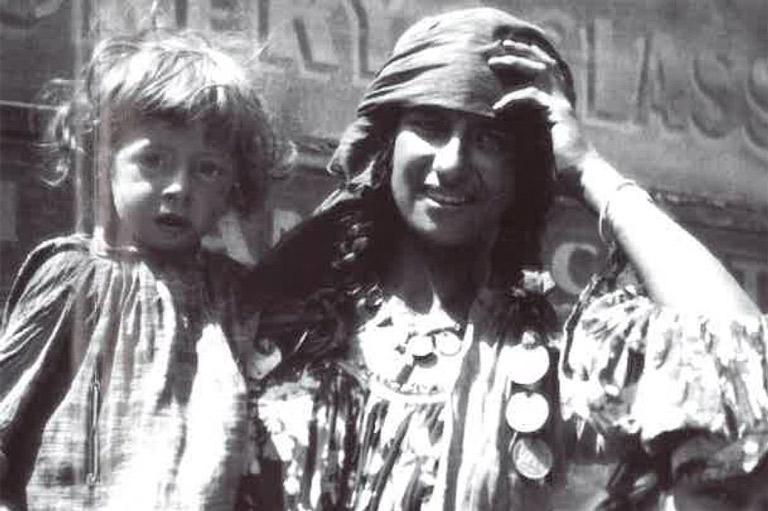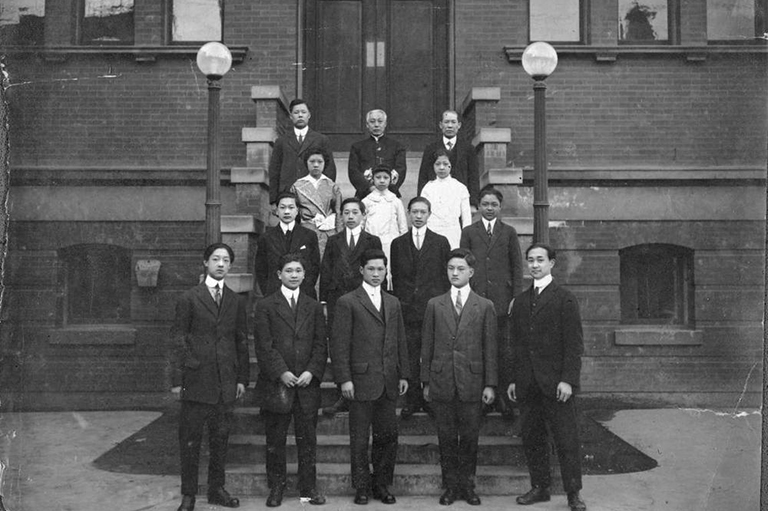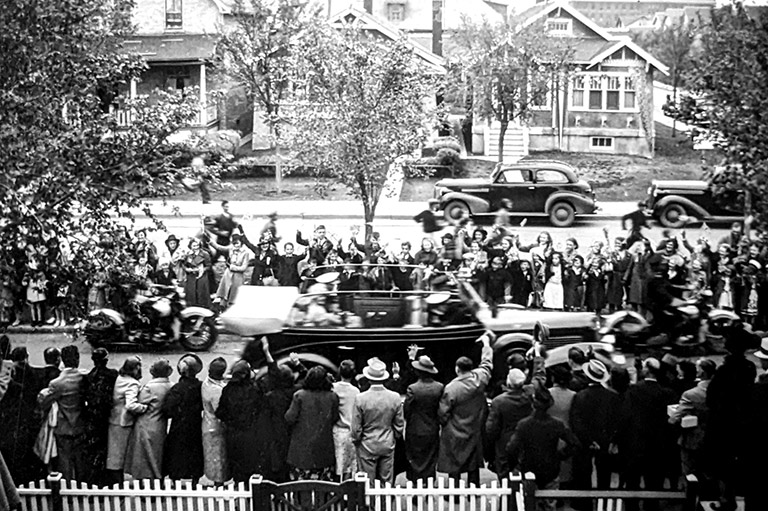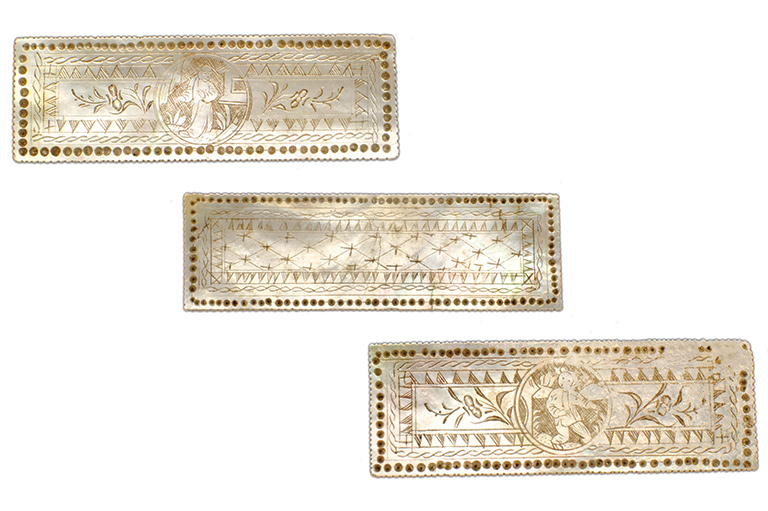We All Have Mystery in Our History

There is a mysterious story in the history of my family.
It revolves around a question: Why did my grandfather bring a woman back from the war?
This was not a war bride situation. The woman, Jane Hampton, was a fifty-nine-year-old widow at the end of the First World War when she boarded a ship bound for Canada in May 1919.
And Art Wilding — a home child sent to Canada as an orphan from the slums of Victorian London in 1893 — was returning to his wife, my grandmother, Margaret, the descendant of United Empire Loyalists.
The story is typical of the tales that make up Canadian history. It encompasses major events and movements, like wars and waves of immigration. It covers vast amounts of time and connects with faraway people and places. It involves ordinary lives changed by big events. It is intensely personal. We all relate to it differently. And much of it remains to be told.
The story behind this part of my own history has been revealed bit by bit over the years, though much remains unknown despite some excellent work by my niece, Sinead Cox, the curator of engagement and dialogue at the Huron County Museum in Goderich, Ontario.
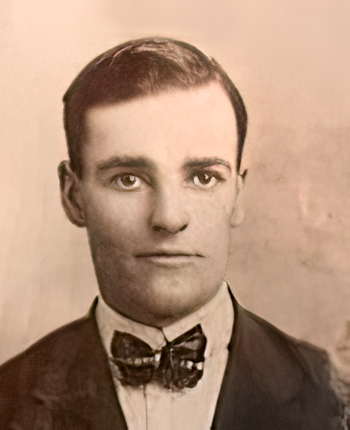
Art spent his first years in London but in 1893, at the age of nine, he was sent on the Dominion Line ship Vancouver, first to Halifax, then to the Fegan Home in Toronto and finally to a farm near Guelph. He was one of one hundred thousand home children sent to Canada to provide cheap labour for a growing nation, a program the British government has recognized was wrong and for which it has apologized.
In 1915, married with four young children, Art signed up for the Canadian Overseas Expeditionary Force and shipped off to England and then to France where he spent the war as a stretcher-bearer on the Western Front.
Something else must have happened when he was back in England — because Jane came with him upon his return. Her last address in London was a workhouse, a place where the poor and destitute ended up, even in 1919.
However, she had previously lived at an address where Art spent at least a few of his childhood years and where he was listed as a nephew.
She was Jane Foster, a young woman from Manchester working in a London factory when Art was born around 1884. She eventually married James Hampton, who was twenty-eight years older, in 1890, some time after the death of his first wife. Young Art lived with the Hamptons. There do not appear to be any records of Art’s birth that would reveal who his parents were.
So who was Jane to Art? What led him to be sent to Canada as an orphan when he was living in a home with a married couple? From what kind of poverty and conditions did he come? How did they reunite? Why did he feel obliged to support her in Canada?
The answers to these questions were never passed down to Art’s decendants. Jane passed away in 1920, after less than a year in her new home. Art died in 1923, shortly after my mother’s birth.
There are still things to unravel about this story, as there is for so much of Canada’s history. I am thrilled to be joining the great team of people at Canada’s History who are devoted to furthering the understanding of our nation’s past with the support of our fantastic group of sponsors, donors, and subscribers who make it possible. We can only do it with your help. Please donate to Canada’s History so we can keep telling the stories behind the history.
With 7 uniquely curated newsletters to choose from, we have something for everyone.
Themes associated with this article
Advertisement
You might also like...
Save as much as 40% off the cover price! 4 issues per year as low as $29.95. Available in print and digital. Tariff-exempt!

